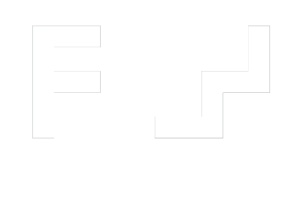Uncut interview: Evan Parker
Evan Parker was interviewed by John Robinson in the May 2025 edition of Uncut magazine regarding The Heraclitean Two-Step, etc, on False Walls: “the sax legend on improv, the Oscars and his new CD boxset”. The published interview was edited down from the following.

There’s a lot of material here, interviews, writing, art, emails – the kinds of things you might find in a retrospective set rather than a new release. Did you feel the time was right for an extensive statement?
Thanks for your interest John. My first proposal to CJ Mitchell at False Walls was for a single CD for which I had a clear idea and even a title. I had a 22 minute solo recording from a concert in the Unitarian Chapel in Warwick in 1994. It was played as part of a group concert. Not long enough to release as a piece in its own right, it had an atmosphere or feeling that made me listen to it every so often. Finally I had the idea to go back to the same space in Warwick in 2023 and record again. The title was “The Heraclitean Two-Step” for obvious reasons – the saying of Heraclitus about not being able to step in the same river twice – although the more I looked into the origins of the famous dictum the less obvious it became. CJ was happy with the idea of a single CD but encouraged me to be more ambitious with my 80th birthday coming up. I had seen and admired the boxed set of Andrew Poppy’s music False Walls had produced and in the spirit nothing ventured, I asked whether such a production might be possible. He agreed. We started to compile the ideas and materials.
My first plan was to look at the archive of concert recordings I had done at various stages and places. Particularly concerts from Edinburgh, Aachen, Berklee and New York for which I had high quality analogue recordings. Listening to old work can be very demanding; there is a frustration in hearing elements emerging which took years to bring under control but which are not fully under control … I dropped the whole archive idea and went to the recent recordings which I had made immediately before and during the covid hiatus. The three CDs which constitute the “etc.” of the title were all made at the Arco Barco Studio in Ramsgate and document the evolution of my relationship with the acoustics of the space and with Fil Gomes, the studio owner and recording engineer. Fil has become a good friend and understands what I am looking for.
It’s a wonderfully immersive album. Can you tell me about what considerations guided you through the sequencing?
The four CDs run in chronological order and the recording techniques used were evolving throughout this period. There is material from before and after the covid hiatus – which represents another “two step”. To the extent there was editing, it was by the omission of entire sessions. “Some days are better”, as Kenny Wheeler used to say. There are no cuts and joins – material was either used or not used. Fil and I have such a good understanding of how to do this that I am eager to get back there to do more as soon as I have some new material.
We know you as an improviser, and a prolific composer. How far have you planned out what form a longer piece will take – or is that dictated in the moment?
My approach to concert and studio is gradually merging. The key thing is to get the right reed for the particular room then play until there is nothing more. There is quite a bit of discussion either explicit or by inference in the boxset’s book about the limits of the term “improvisation”. If the etymology is indeed from “unforeseen” then I am only partly improvising, since things often move from the known to the unknown. I would like to return to describing the playing as “open”. Yes, “chance” comes into this but it has very little to do with John Cage’s use of chance in composition.
It was a pleasure to hear your work used prominently in The Brutalist. What was the process – and what did you think of the film and the music’s place in it?
I met Daniel Blumberg at Cafe Oto some years ago. He wanted me to play soprano saxophone for his work on “The Brutalist”. He asked me which space I would like to play in. Of course I chose Arco Barco in Ramsgate. He came down with all his own high spec recording gear, some beautiful Schoeps microphones, and we spent a good evening together. It was great that he sang for all his friends at Cafe Oto over the “your time’s up music” at the Oscars.
What is/How does one do the Heraclitean Two-Step?
My first idea for the boxset cover was a pastiche of the Warhol b&w dance step screen prints but it lost out to the beautiful photograph by Caroline Forbes of sunlight on a stone from the Verdon.
Many thanks to Uncut magazine: https://www.uncut.co.uk























